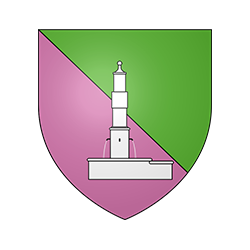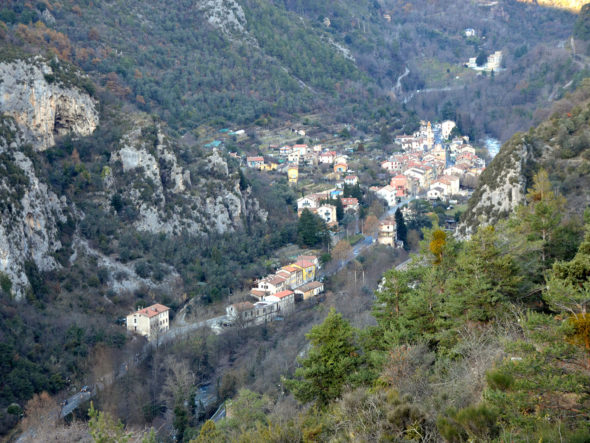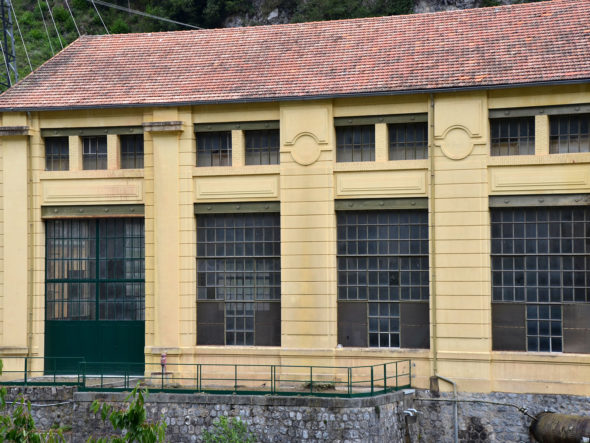The village of Fontan was created within the town of Saorge by order of the Duke of Savoy Charles Emmanuel I, in 1616. The Saorge canyon road, open to traffic in 1593, prevented traffic to the village. Fontan, built on a site with many water sources and cultivable land (vineyards and orchards), became a key point for travelers.
The development of trade between the port of Nice and Turin encouraged the Saorge families to settle in Fontan in order to offer their services.
In 1860, when the county of Nice joined France, Fontan became a border village with Tende, which remained Italian at the time. The customs moved to Fontan, thus increasing the population.
What are Fontan’s landmarks?
Without a doubt, the Church of the Visitation, which forms an admirable ensemble with the presbytery and the White Penitents chapel. The church houses a beautiful Italian made organ whose notes resonate each year at the Organs’ Royal Road Festival, a must-listen heritage. The International Festival of Historical Organs of the Roya-Bévéra Valley and Vermenagna takes place both in France and Italy, in the cities of Saorge, Sospel, Brig, Breil sur Roya, Torri, Fontan, Tende, Airole, Limone Piemonte, Roccavione and Borgo San Dalmazzo.
Also worthy of attention, the 1913 hydroelectric power station, the elegant statue of the war memorial and some beautiful decorations of house facades on both banks of the river.
The two hamlets of Berghe Inferieur and Berghe Superieur – whose names do not allude to altitude but to their distance from Fontan – are served by a winding road dug in schist and lined with shrubby vegetation. The Church Notre-Dame de la Merci of Berghe Superieur and the Chapel of Notre-Dame du Rosaire of Berghe Inférieur are two interesting local rural chapels examples of rustic Baroque style.
















